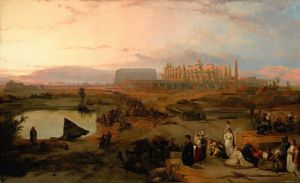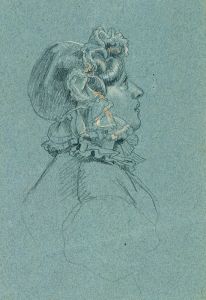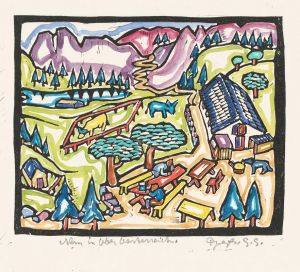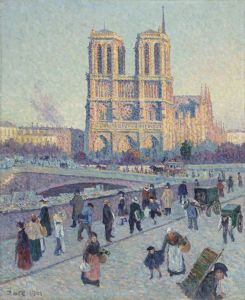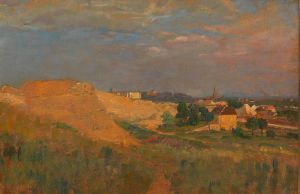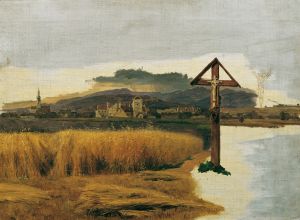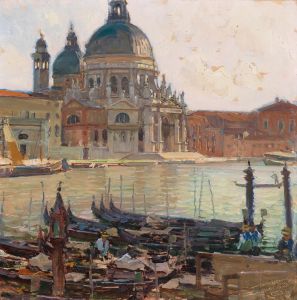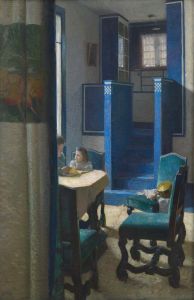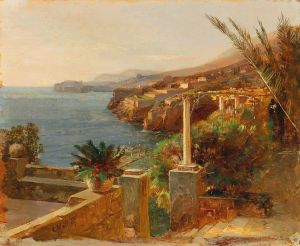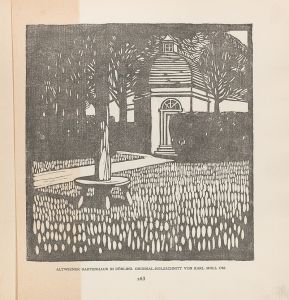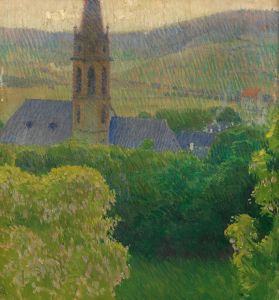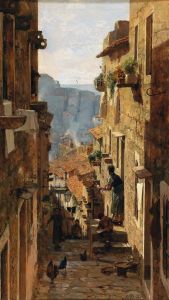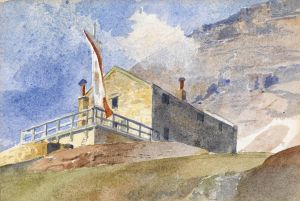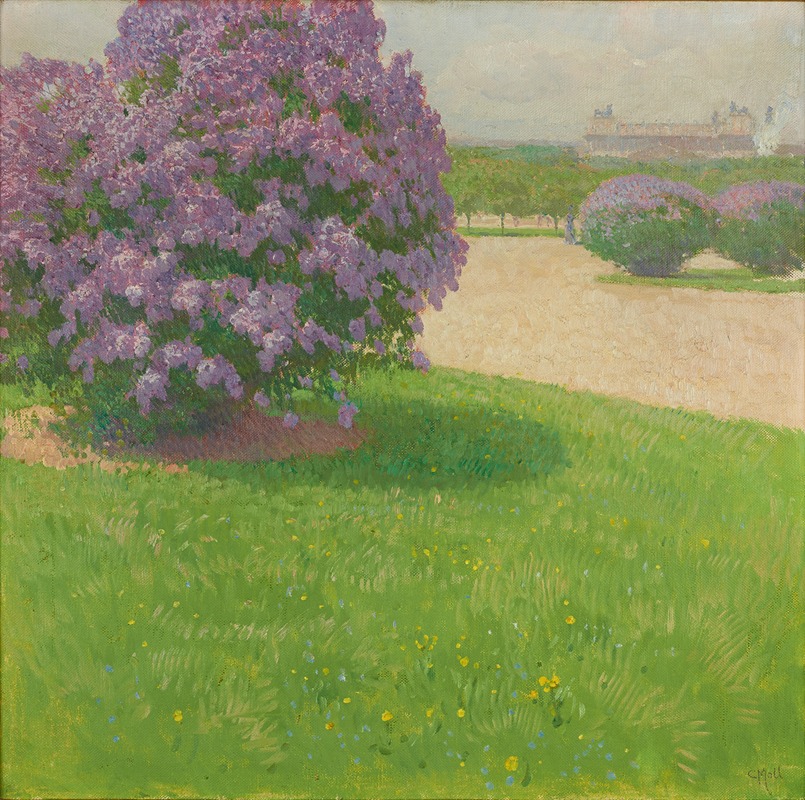
Heldenplatz mit Flieder
A hand-painted replica of Carl Moll’s masterpiece Heldenplatz mit Flieder, meticulously crafted by professional artists to capture the true essence of the original. Each piece is created with museum-quality canvas and rare mineral pigments, carefully painted by experienced artists with delicate brushstrokes and rich, layered colors to perfectly recreate the texture of the original artwork. Unlike machine-printed reproductions, this hand-painted version brings the painting to life, infused with the artist’s emotions and skill in every stroke. Whether for personal collection or home decoration, it instantly elevates the artistic atmosphere of any space.
Carl Moll was an Austrian painter known for his contributions to the Vienna Secession movement, which was a group of artists who broke away from the traditional art institutions in Austria at the end of the 19th century. Moll's work is characterized by its attention to detail and use of light, often depicting landscapes and urban scenes with a serene and contemplative quality.
"Heldenplatz mit Flieder" is one of Moll's notable works, capturing a view of Heldenplatz, a significant public square in Vienna, Austria. Heldenplatz, which translates to "Heroes' Square," is located in front of the Hofburg Palace and is an important historical and cultural site in Vienna. The square has been the setting for many significant events in Austrian history.
In "Heldenplatz mit Flieder," Moll presents a scene that combines architectural elements with natural beauty, a common theme in his work. The painting features the lush lilac bushes ("Flieder" in German) that are in bloom, adding a vibrant touch of color to the scene. The lilacs are depicted with meticulous detail, showcasing Moll's skill in capturing the delicate interplay of light and shadow on the flowers and leaves.
The composition of the painting is carefully balanced, with the architectural structures of Heldenplatz providing a backdrop to the natural elements in the foreground. This juxtaposition highlights the harmony between the built environment and nature, a recurring motif in Moll's oeuvre. The painting likely reflects the tranquil atmosphere of the square, inviting viewers to appreciate the serene beauty of the scene.
Moll's use of color and light in "Heldenplatz mit Flieder" is particularly noteworthy. The soft, diffused light creates a peaceful ambiance, while the vibrant lilacs draw the viewer's eye and provide a focal point within the composition. This interplay of light and color is a hallmark of Moll's style, demonstrating his ability to convey mood and emotion through his paintings.
As a member of the Vienna Secession, Moll was part of a movement that sought to challenge the conservative art establishment of the time. The Secessionists aimed to create art that was more reflective of modern life and personal expression, and Moll's work embodies these ideals. His paintings often explore themes of nature, urban life, and the passage of time, capturing moments of quiet reflection and beauty.
"Heldenplatz mit Flieder" is an example of Moll's ability to blend realism with a sense of tranquility, offering viewers a glimpse into the serene landscapes of Vienna. Through his detailed brushwork and thoughtful compositions, Moll invites us to pause and appreciate the beauty of the world around us, as seen through his eyes.
Overall, Carl Moll's "Heldenplatz mit Flieder" stands as a testament to his skill as a painter and his contribution to the Vienna Secession movement. The painting not only captures a specific location in Vienna but also reflects the broader artistic trends of the time, making it a valuable piece of art history.





